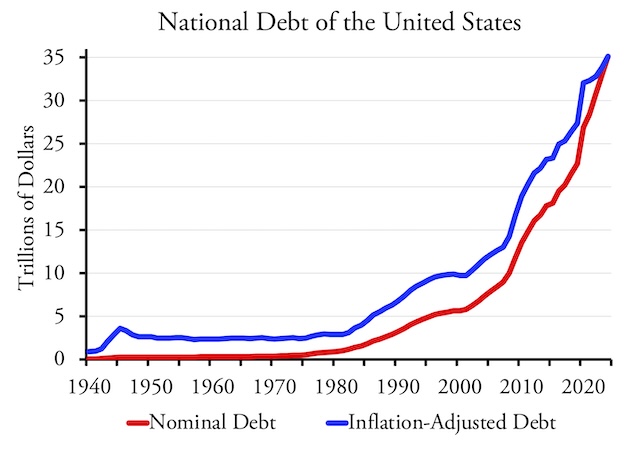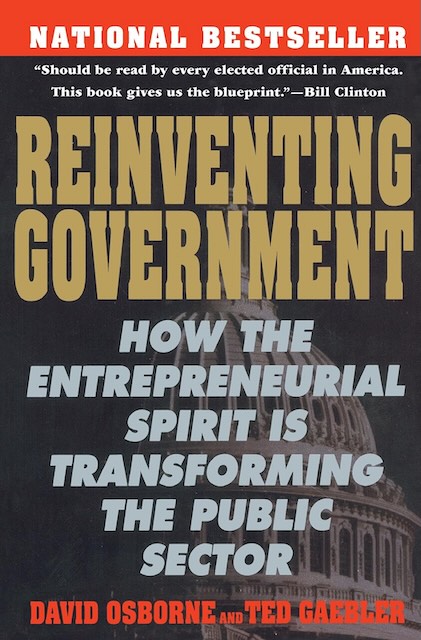I remember when journalists tried to get both sides of a story. Now they are content to get the side of the poor, beleaguered bureaucrats and ignore the taxpayers who have to fund them. Case in point: a recent article in the “independent” Texas Tribune reads more like a transit agency press release than a news article.
An expensive station on the Dallas light-rail line. Photo by Mbrstooge.
The article reports on a bill in the state legislature that would redirect 25 percent of sales tax funds that are now going to transit to “general mobility” programs instead. Such programs could go for bike paths, new traffic signals, roads, and even transit. According to the lead paragraphs in the “news” article, this bill “could imperil the future of public transportation” by “sap[ping] hundreds of millions of dollars” from transit agencies. Continue reading

















